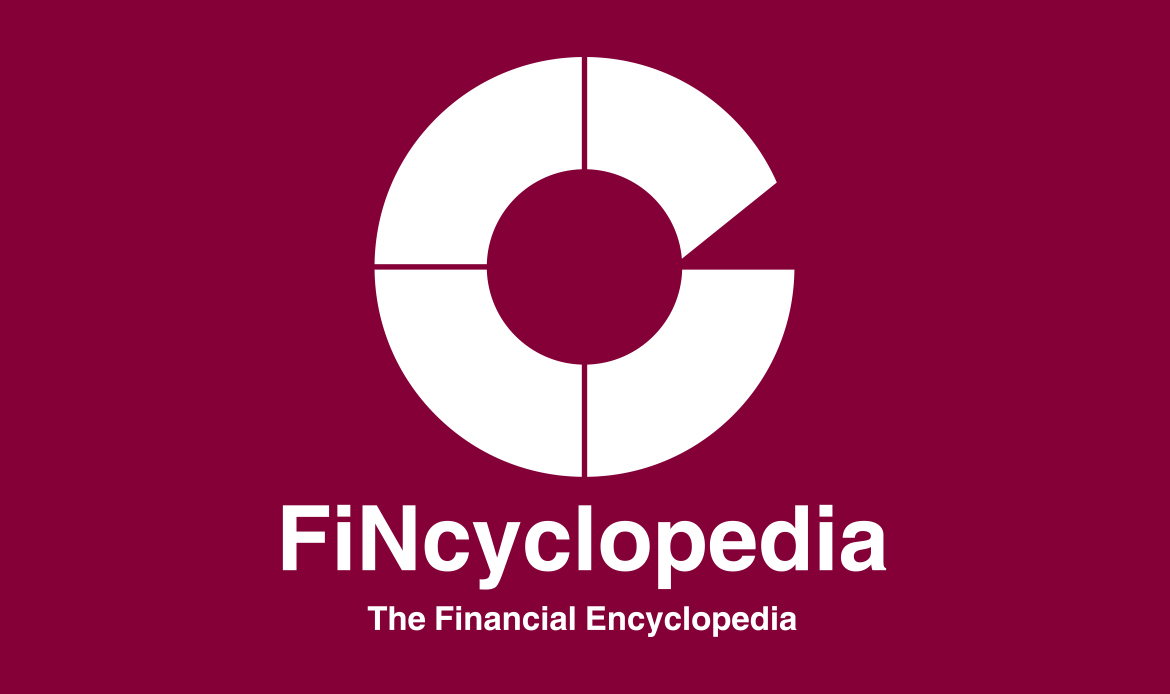One call option in a cap. More specifically, it is an over-the-counter call on interbank deposit rates or LIBOR rate. An interest rate cap can be thought of as a series of interest rate call options known as caplets. In theory, a caplet represents a one-period payer swaption. However, volatility in the discount factor makes the difference between the two.
This option pays a specific amount (a number of basis points rather than a currency amount) at maturity if the underlying interest rate for the period is above some strike level (known as the cap rate). That means the payoff is equal to the prevailing rate on the maturity date of the caplet minus the cap rate, or zero, whichever is higher:
Caplet payoff = N * Max (R – K, 0)
Where: N is the notional amount on which interest is accrued for a given term, R is the spot rate over the same term (e.g. six months), and K is the interest rate representing the strike price of the option.
For example, a three-month caplet on six-month LIBOR with a cap rate of 6% will have a payoff of 70 basis points if the LIBOR rate six months hence rises to 6.7%, and a payoff of zero if the LIBOR ends up lower than 6%.





